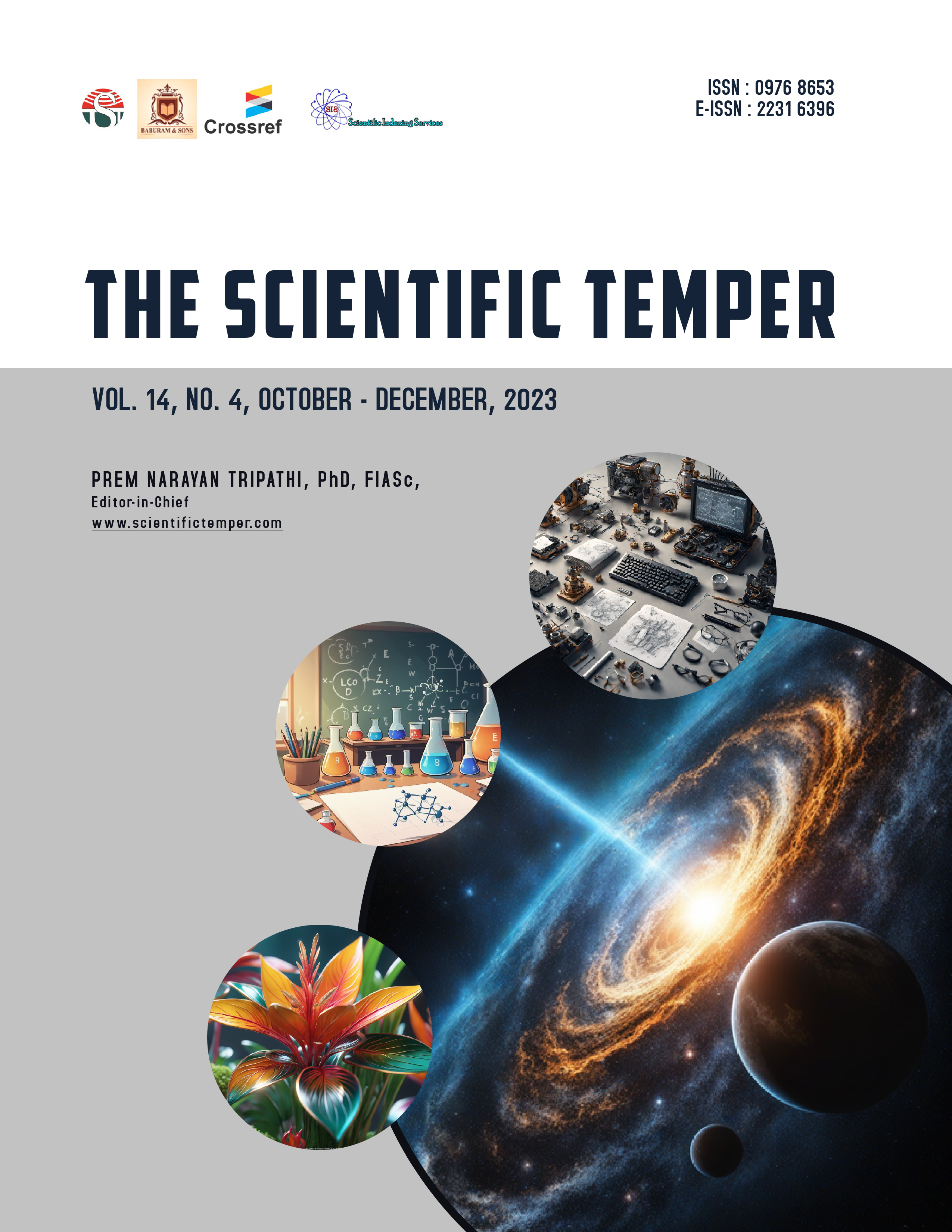Impact of project financiers’ strategies on de-risking infrastructural projects: A conceptual review
Downloads
Published
DOI:
https://doi.org/10.58414/SCIENTIFICTEMPER.2023.14.4.53Keywords:
Project Financiers, Strategy, De-Risking, Infrastructure ProjectDimensions Badge
Issue
Section
License
Copyright (c) 2023 The Scientific Temper

This work is licensed under a Creative Commons Attribution-NonCommercial-ShareAlike 4.0 International License.
Infrastructure projects encounter significant risks which often deter financiers from investing in them. To address these risks, financiers have developed and applied several strategies aimed at encouraging investment. Therefore, this study reviewed several literatures from the past ten years on the strategy used by both public and private financiers to reduce risks and encourage investment in infrastructure projects. From the literature reviewed, several strategies such as risk allocation & mitigation, blended finance, issuance of green bonds, and stakeholders’ engagement in project selection were utilized by major project financiers in making investment decisions. Other factors such as political stability, economic indicators, insurance & guarantees, and legal & regulatory framework were also identified to positively impact investment decisions on infrastructure projects. From the findings, a conceptual framework linking the project financiers’ proxies (risk allocation & mitigation, blended finance, issuance of green bond, and stakeholders’ engagement in project selection) to that of the proxies of de-risking (political stability, economic indicators, insurance & guarantees, and legal & regulatory framework) was developed with the outcome showing the positive impact of both proxies on project financiers’ investment decision. The magnitude of the impact of each proxy on investment decisions is a subject of future study.Abstract
How to Cite
Downloads
Similar Articles
- Somalee Mahapatra, Manoranjan Dash, Subhashis Mohanty, Adoption of artificial intelligence and the internet of things in dental biomedical waste management , The Scientific Temper: Vol. 15 No. 03 (2024): The Scientific Temper
- Nilay Shukla, Ketan Desai, Study on the right to education with special references to public private partnerships , The Scientific Temper: Vol. 15 No. 03 (2024): The Scientific Temper
- Isreal Zewide, A coffee biochar-mineral NP interaction: Boon for soil health , The Scientific Temper: Vol. 15 No. 02 (2024): The Scientific Temper
- Geeta S. Desai, Santosh Hajare, Sangeeta Kharde, Evaluation of health practices among individuals with non-alcoholic fatty liver disease: A randomized controlled trial , The Scientific Temper: Vol. 15 No. 02 (2024): The Scientific Temper
- R. A. Askerov, The role of improving the business environment in agriculture in ensuring the country’s food security , The Scientific Temper: Vol. 15 No. 02 (2024): The Scientific Temper
- Saumya Trivedi, Amit Sinha, Satyendra P. Singh, Ramya Singh, A study on factors influencing lending decisions for MSMEs by scheduled commercial banks in the CGTSME scheme , The Scientific Temper: Vol. 15 No. 02 (2024): The Scientific Temper
- S. Munawara Banu, M. Mohamed Surputheen, M. Rajakumar, Bio-Inspired and Machine Learning-Driven Multipath Routing Protocol for MANETs Using Predictive Link Analytics , The Scientific Temper: Vol. 16 No. 10 (2025): The Scientific Temper
- C. S. Manikandababu, V. Rukkumani, Advanced VLSI-based digital image contrast enhancement: A novel approach with modified image pixel evaluation logic , The Scientific Temper: Vol. 15 No. 01 (2024): The Scientific Temper
- Ellakkiya Mathanraj, Ravi N. Reddy, Enhanced principal component gradient round-robin load balancing in cloud computing , The Scientific Temper: Vol. 15 No. 01 (2024): The Scientific Temper
- Rajni Mathur, Bharti Singh, Anjali Kalse, Veena R. Kolte, Saloni Desai, Sameer Sonawane, Examining the impact of economic cycles on India’s information technology sector , The Scientific Temper: Vol. 15 No. 01 (2024): The Scientific Temper
You may also start an advanced similarity search for this article.



